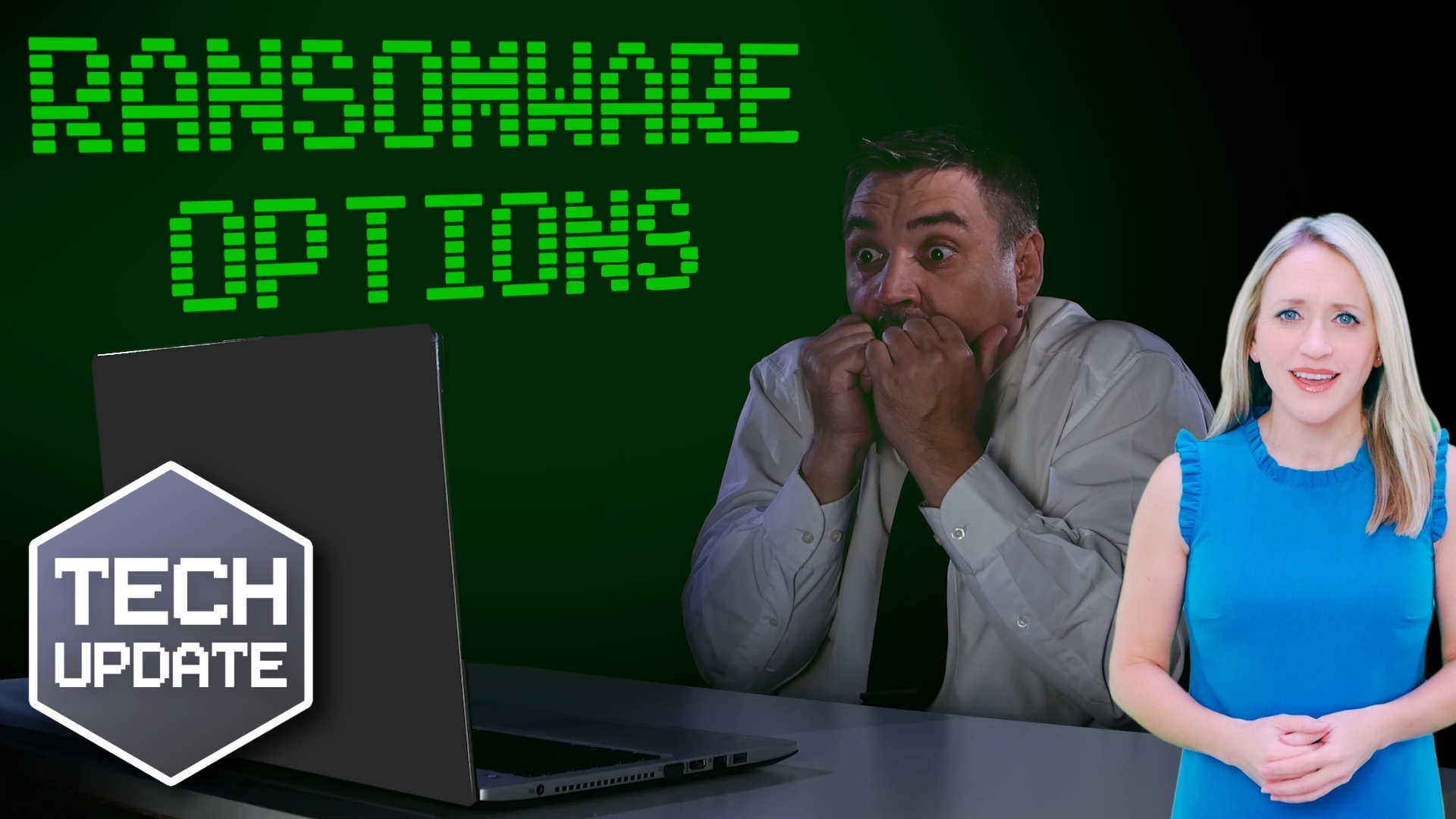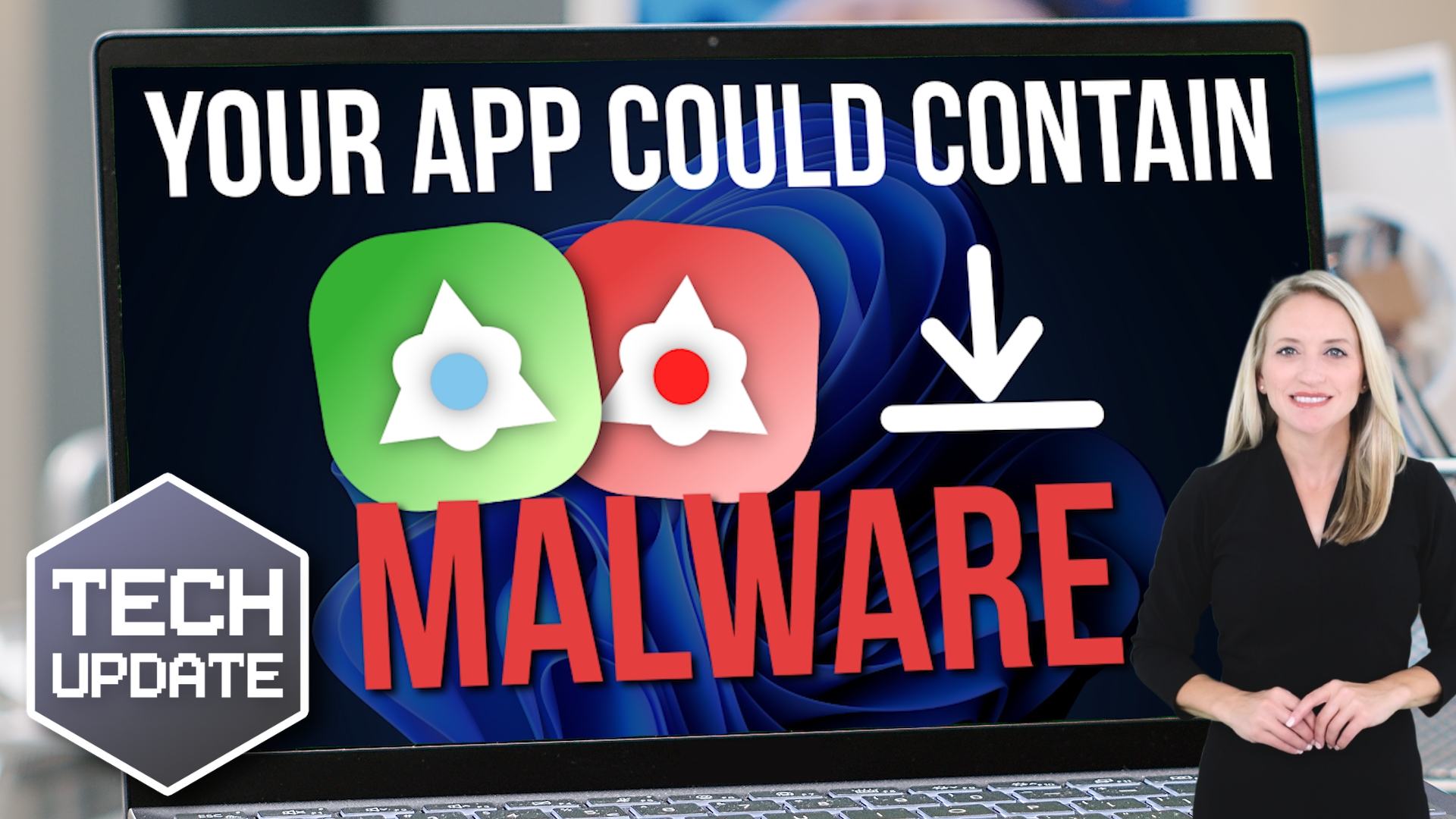Imagine this scenario: Your business falls victim to a ransomware attack, leaving your critical data held hostage by cybercriminals who demand a hefty ransom.
Unable to afford the payment, you’re left in a precarious position. But here’s the kicker: akin to those “buy now, pay later” schemes, certain ransomware gangs are now providing victims with options to extend their payment deadlines.
Recent studies uncover the innovative tactics ransomware groups employ in their extortion endeavors. Some even offer victims a menu of choices regarding their ransom demands, such as:
- Forking out money to delay the exposure of their pilfered data, with a standard fee hovering around $10,000.
- Paying to have their stolen data erased before it’s made public.
The specific sums demanded are frequently subject to negotiation with the victims, intensifying the distress of the situation.
To ratchet up the pressure on victims, ransomware groups have introduced alarming features to their websites. These include countdown timers displaying the remaining time before a business’s data is released, view counters, and tags divulging the victim’s identity and description.
It’s all part of a calculated strategy to coerce victims into compliance.
Next Steps
Are you looking for a new IT service provider? Check out our free guide that explains how to choose your next IT service provider for some quick tips to get you started! Schedule a free 15-minute discovery call with someone from our team to see if we’re a good mutual fit!







